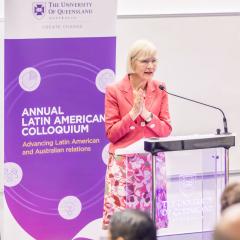Original article published by The Conversation 15 June 2021. Authors: James Boafo (Lecturer in Geography and Sustainable Development, KNUST) & Kristen Lyons (Professor Environment and Development Sociology, UQ).
Global businesses, donors and governments have each pursued a Green Revolution agenda in Africa, Asia and South America since the 1960s. Its aim was, in theory, to produce more food, reducing food insecurity and poverty. This was done via improved seed varieties, chemical fertilisers and other agrochemicals.
However, rates of hunger continued to increase alongside the uptake of these agricultural technologies. They have also been criticised for the carbon they produce and the amount of water they use.
Despite the failings of the first Green Revolution, a second wave emerged in the early 21st century, this time primarily targeting the African continent. National policies across a number of African countries have supported this agenda. In Ghana, for example, the government worked with donor organisations and the private sector to extend the Green Revolution throughout its major food producing areas.
The Brong Ahafo region, now divided into Bono, Bono East and Ahafo regions, is one such area. This zone is often referred to as the “food basket” of Ghana. It leads the production of maize and other major staple crops. It is also a favoured location for experiments with agricultural modernisation, because its ecological conditions suit food crop cultivation.



